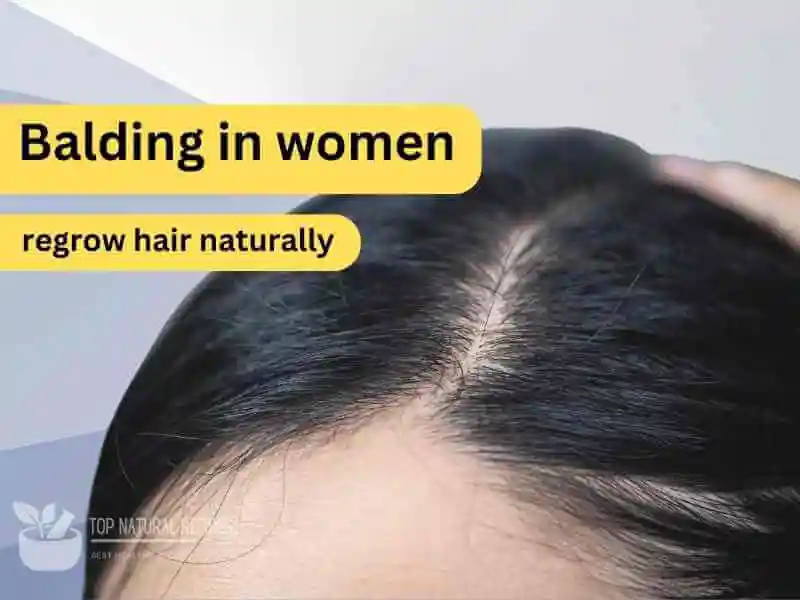Thinning hair, one in four men and women will be affected by some degree of hair loss in their lifetime. How can you tell if your hair is atypically thinning? If it’s unusually difficult to style or if you can see the scalp through your hair, consult your doctor about whether low density may be contributing to this issue before moving forward with treatment options that may not address the underlying cause of your issue.
What causes low-density hair?

In this section, we will learn about the most common cause of thinning hair, splitting the hair shaft, or micro-trauma. However, this can occur due to excessive combing, brushing, or styling as well as harsh shampoos and chemicals.
But when the follicle is damaged by trauma, it will stop producing hair until it heals. Breakage can also occur during chemical processing such as coloring and perming because these methods remove some of the protective protein layers that surround each strand of hair.
Using certain medications can also cause hair loss, particularly those prescribed for an overactive thyroid gland. These include methimazole (Tapazole), propylthiouracil (PTU), and levothyroxine (Synthroid). Hair thinning causes are broad in range but there are treatments available to help reverse the effects.
What is considered thinning hair?
Hair thinning is a common condition and can be caused by a number of factors. These factors may include age, genetics, overuse of chemotherapy, infections, hormonal imbalances, and more. It can range in severity from very slight hair loss to complete hair loss.
However, there are many options available to help you regrow hair again, but some of them may not work for your particular case. This is why it is important to get a diagnosis from a doctor or specialist before starting any treatment plans. Your doctor will be able to recommend the best shampoo for fine hair that best suits your current situation.
What is considered thinning hair?
The most common cause of hair thinning is alopecia. Alopecia refers to any cause of hair loss, such as medical conditions, stress, or genetics. Traction alopecia typically occurs in children and adults who use tight ponytails or buns, or spend a lot of time wearing tightly fitting hats that pull on the hair.
How do you know if your hair is thinning or fine?
accordingly, Thinning hair can be the first sign of a problem. It is also one of the most obvious signs of hair loss treatments cause of hair loss, such as thyroid problems, medication reactions, and more. If you’re experiencing excessive hair shedding, or if you notice an unusual thinning pattern in your head of hair – especially if these symptoms are accompanied by other health issues – speak to your doctor immediately. Let them know that you think your hair is starting to suffer from atypical low density. There could be something causing your hair loss, but it’s hard to tell what’s happening without professional help.
What condition has symptoms that include thinning hair?
as a result, I’m sure you’re aware of the symptoms that typically come with hair loss, such as thinning hair, increased scalp visibility, and bald patches on the scalp. It’s important to note that these symptoms can be caused by something other than an underlying medical condition.
The good news is there are hair loss treatments available if this is the case! In many cases, a topical product like Revita Hair Advanced or Viviscal (biotin-based hair treatment) consequently, can help. You may also want to try Rogaine and Nioxin System 3 Scalp Therapy Kit. If you are suffering from Alopecia and experiencing hair loss, it’s best to consult your doctor first.



